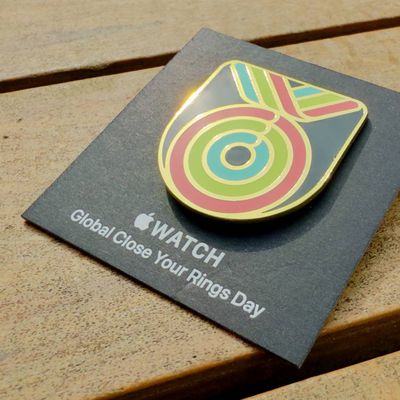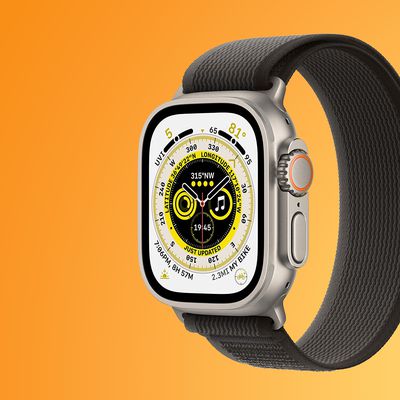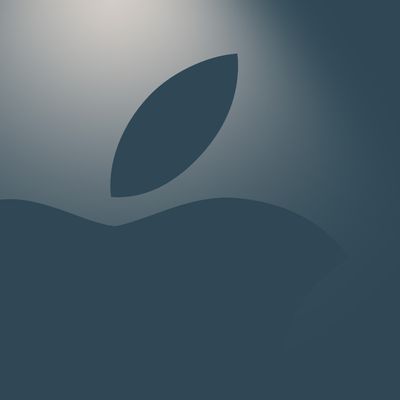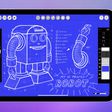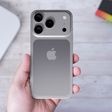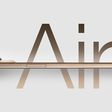Apple hasn't come out with a new product category since the 2018 launch of the HomePod, and there hasn't been a new wearable since the 2015 debut of the Apple Watch. That's set to change in the not too distant future, as Apple's AR/VR headset is nearing completion and will likely see a launch in 2023.
Rumors about the first head worn Apple-branded AR/VR product have been trickling out for years now, so we thought it would be useful to provide a quick overview of what's coming, including the most recent realityOS information.
Hardware Features

- Overall Design - Apple's headset won't look too different from the Oculus Quest virtual reality headset, featuring a curved visor that slides over the eyes and a comfortable mesh base that rests against the face. The visor will completely cover the eyes, blocking out peripheral vision to prevent light leaks.
- Headband - The headset will be held in place by a swappable, adjustable headband that could be made from a material similar to an Apple Watch Sport band.
- Weight - Apple wants the final version of the headset to weigh between 100 to 200 grams. That would be far lighter and more comfortable than something like the Oculus Quest 2, which weighs 503 grams. Prototypes weigh around 300 grams, so Apple may not be able to get the headset's weight quite as low as its target.
- Spatial Audio - One of the headbands that Apple is testing features spatial audio technology for a surround sound experience.
- Display - Apple's AR/VR headset is expected to adopt two high-resolution 4K micro OLED displays supplied by Sony for a high-quality viewing experience that offers up to 3,000 pixels per inch.
- Cameras - The headset will be equipped with more than a dozen optical cameras for tracking hand movements, eye tracking mapping the environment, projecting visual experiences, and more.
- Control Methods - Apple may support multiple input methods, including hand gestures, eye tracking and iris recognition, and a finger-worn control device. It will also detect skin and could monitor expression.
- Chips - Two Mac-level Apple silicon chips are expected to be used in the AR/VR headset to provide the computing power that Apple wants. The headset is expected to be a standalone device that is not reliant on the iPhone or Mac for processing power.
Software Features
- realityOS - Apple is designing a new operating system for the headset, and it's expected to be called "realityOS." Just this week, references to realityOS were found in Apple's source code.
- App Store - Along with a new OS, the AR/VR headset will have a dedicated App Store. Apple will focus on gaming, streaming video content, and video conferencing.
- Media Content - Apple could be planning to work with media parters to create content that could be watched in VR.
- VR FaceTime - Apple is rumored to be working on a VR FaceTime-like experience with Animojis and other 3D features.
Pricing
Bloomberg's Mark Gurman has speculated that the headset will sell for over $2,000, and The Information believes it could cost somewhere around $3,000.
Release Date
Apple has pushed back the planned release timeline of the AR/VR headset several times as it continues to work out development issues. There were multiple rumors suggesting that we'd see the headset debut at the 2022 WWDC event, but Bloomberg's Mark Gurman recently said that Apple may further delay the headset until 2023.
At this point, it's looking like we'll have to wait for 2023 to see the headset launch, though there is still a small possibility that it will see a 2022 announcement to give developers time to prepare apps for the device. Apple is said to be targeting the 2023 Worldwide Developer's Conference for a launch.
As for the development issues, Apple is having trouble with heat dissipation due to the high-powered processor, and there are still problems with the camera and the software to work out.
Read More
For all of the rumors on Apple's AR/VR headset, we have a dedicated rumor roundup that aggregates all of the information that we know so far.





